Last week, Artefact attended Adweek London 2025, held from April 1–3 at 180 Studios. This premier event brought together over 7,000 attendees—including top brands, agencies, and tech partners—creating an exclusive platform for networking and industry collaboration.
We focused our time on the Tech Stage, which meant skipping the Innovation and Creative stages. That said, the Tech Stage lineup was nothing short of thought-provoking. From bold questions to actionable frameworks, here are a few standout themes:
1# Spotify Advertising Expansion
Spotify just launched major upgrades to its ad tools—aimed at closing the gap between high listener engagement and underinvestment in audio ads.
Key updates:
- Spotify Ad Exchange (SAX) is now live globally, expanding programmatic access across main DSPs.
- Custom audiences and performance goals like app installs are now available in Ads Manager.
- Measurement tools got a boost with an upgraded Pixel and new partnerships.
- Generative AI Ads let brands create audio spots for free—lowering creative barriers.
Why it matters: With 675M users and rising video engagement (+44% YoY), Spotify is evolving into a full-funnel, multimedia ad platform. These updates make it easier for brands—especially outside the US—to tap into high-attention moments and measure impact confidently.
2# AI in Paid Media
AI is transforming paid media by making campaigns smarter, faster, and more effective. It enables precise audience targeting, real-time bidding, and dynamic ad personalisation—improving both performance and efficiency. With AI-driven insights, marketers can optimise budgets, predict outcomes, and automate decision-making at scale. As the digital landscape becomes more complex, AI is essential for staying competitive and delivering measurable impact across platforms.
3# Evidence-based Media Investment with the mROI triangle
EasyJet shared how they transitioned from an outdated last-click attribution model to a more sophisticated, evidence-based media investment approach using Google’s Trifecta Framework. Previously, they relied heavily on PPC, assuming that conversions were driven by paid search. However, they realised that many users would book with EasyJet regardless—if the flights were at the right time and price. This insight led them to pivot toward a strategy focused on incrementality—understanding which marketing activities actually drive additional value.
To achieve this, EasyJet adopted Google’s Trifecta Framework for marketing measurement:
- Marketing Mix Modelling (MMM): They run regular MMMs to assess the effectiveness of each media channel.
- Incrementality Testing: GeoX tests are frequently run to measure true lift and help calibrate the MMMs.
- Attribution: They use platform attribution data from CM360, but apply a ratio based on learnings from MMMs and Geo tests to calibrate overestimated contributions.
4# Retail Media Measurement
Retail media is rapidly becoming a key growth channel for brands, offering the ability to reach consumers directly at the point of purchase across retailer-owned platforms. As this space matures, performance measurement becomes critical to justify spend and optimise campaigns. Tools like AppsFlyer play a pivotal role by providing granular attribution and real-time insights into customer journeys, from ad exposure to in-app purchases or online conversions. With AppsFlyer, marketers can accurately track ROI, identify high-performing channels, and make data-driven decisions to maximize the effectiveness of their retail media investments.
5# More Content = Better Results
To optimise content for AI-powered search engines, it’s not just about creating more content—it’s about creating better content that aligns with key signals of authority and relevance. AI search engines are increasingly prioritising authoritative websites by evaluating content through the lens of E-E-A-T: Experience, Expertise, Authoritativeness, and Trustworthiness.
As shown in the image, successful content strategies must reflect first-hand knowledge, deep subject expertise, strong reputational signals, and trustworthy, reliable information. Producing more content can support this—if it consistently strengthens these signals. That means publishing high-quality articles, case studies, and thought leadership that reflect real experience, demonstrate knowledge and are backed by credible data. In this evolving landscape, volume helps only when it’s matched by value.
Conclusion
The event highlighted some compelling trends, with a strong focus on retail media, generative AI optimisation for Search Engines, and the growing importance of marketing measurement, powered by innovations like Meridian.
If you’re exploring any of these areas, feel free to reach out to our team at Artefact—we’d be happy to help.

 BLOG
BLOG






